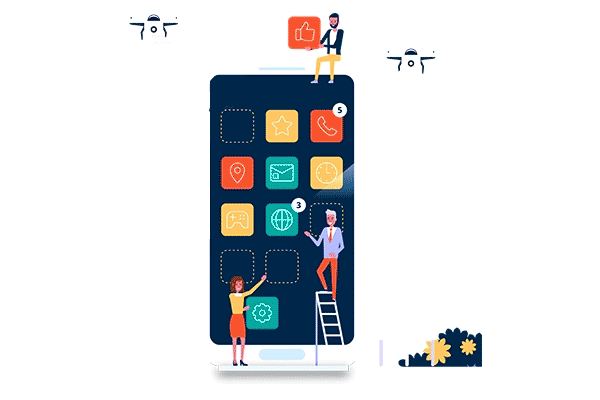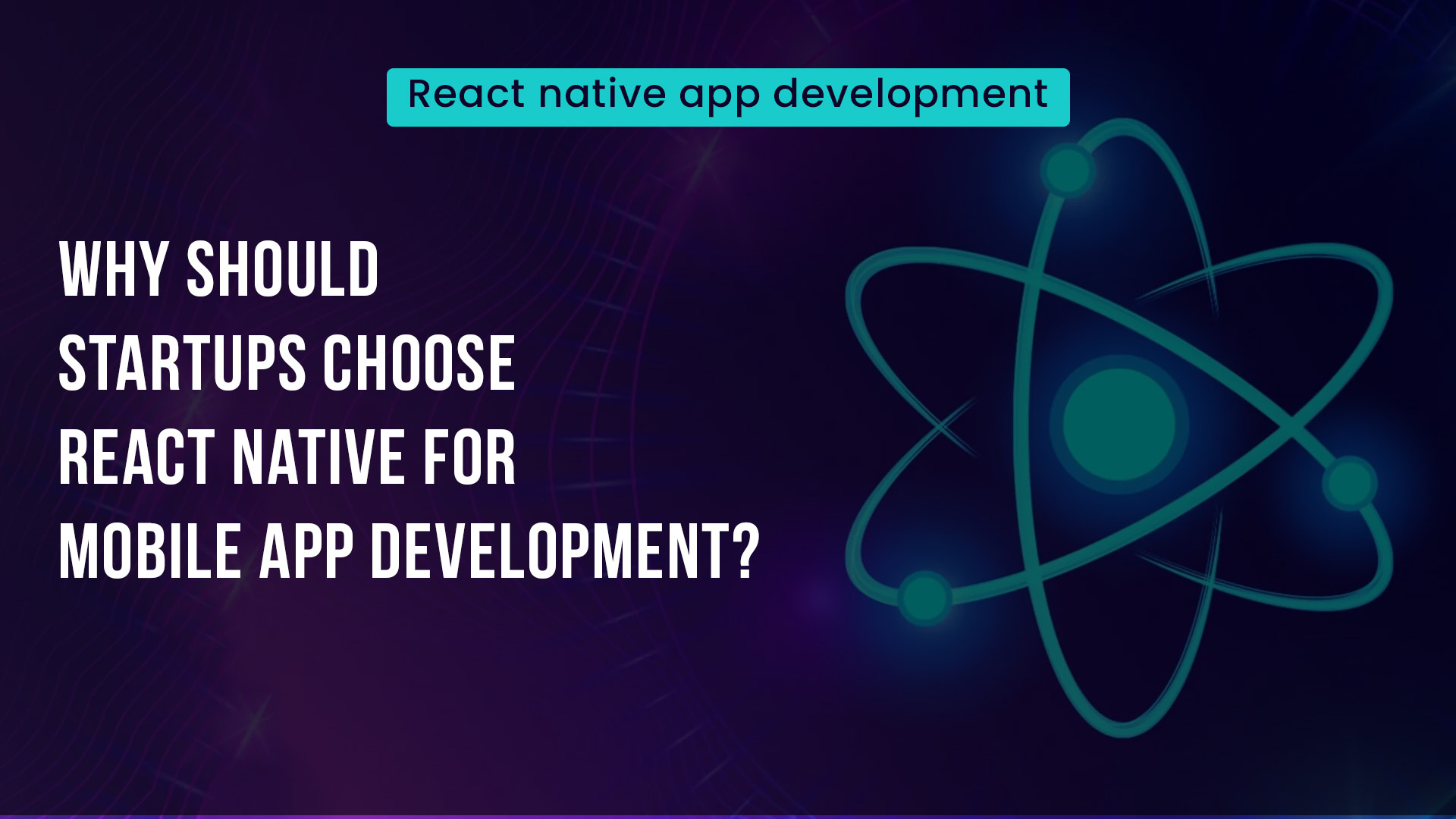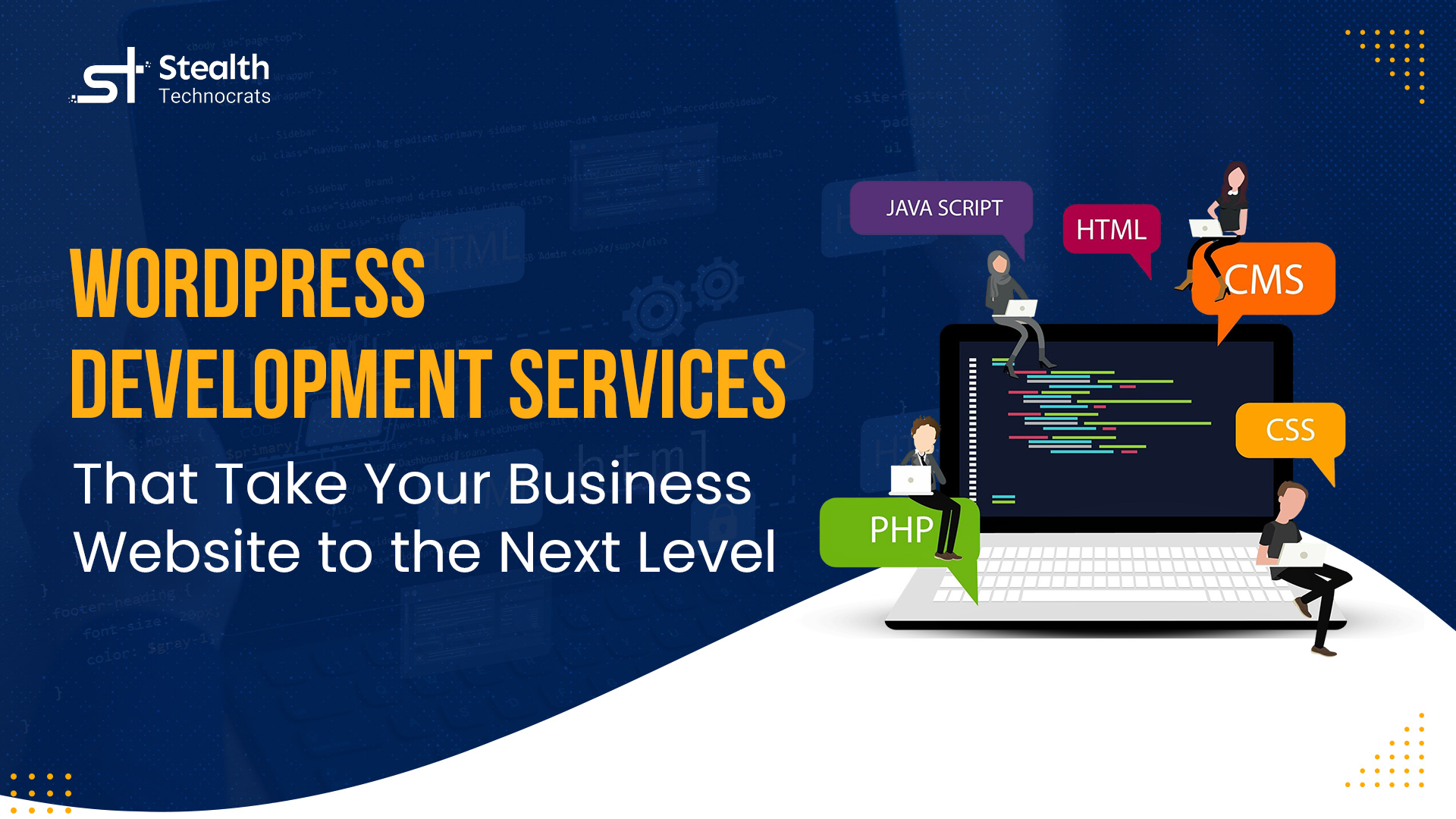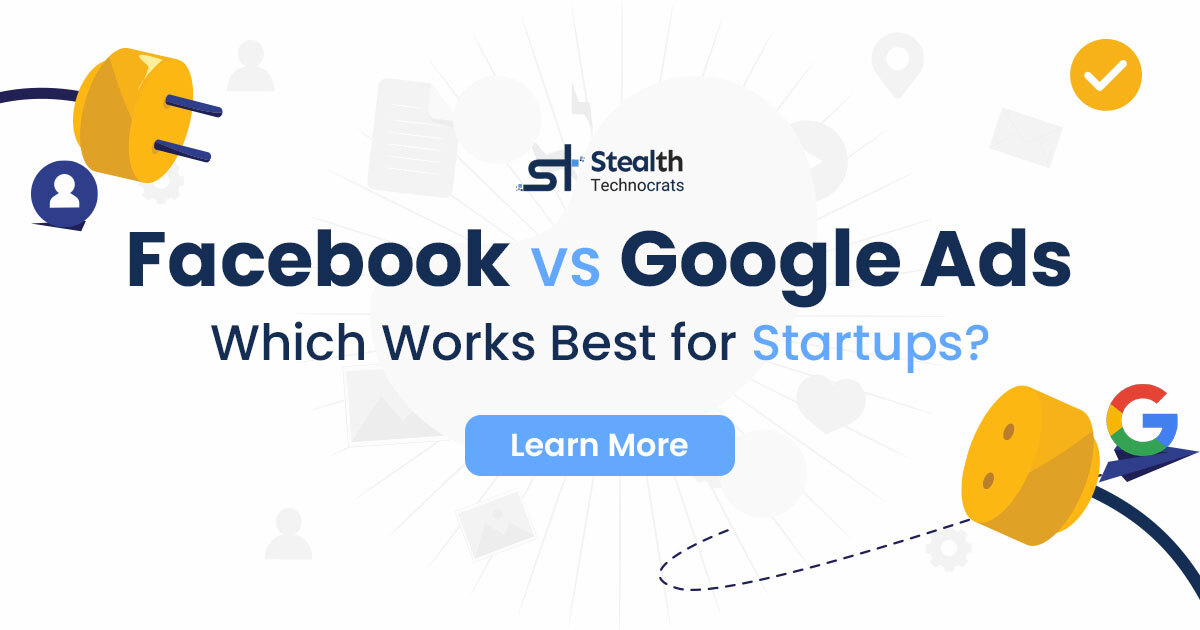2. Get customer insights :
Getting to know customer behaviours, sketching out their personas and requesting feedback is a passive task. It is considered to be tedious, time-consuming and an overhead activity for the customers to perform. Hence either it gets eluded or the organisation has to take explicit efforts to get it done. With mobile apps, this feedback is compiled on a regular basis. The customer’s search patterns, their specific requirements, and feedback can be acquired from a single avenue. Further combined with Machine Learning, mobile apps can provide you with predictive analytics on a broad level of where the market is heading. On a personal level, it can suggest Recommendations to the client based on their search patterns. Mobile applications are a strong tool for collecting end-user behaviours and trends.
3. Better Customer Service :
A prompt response to their queries and quick service is what customers expect. Over websites, help desks or call centres the communication cycle gets extended and the efforts to reach out to the organisation seems to be driven from the customer’s end. This delay can be considerably reduced by the use of mobile applications which lets customers connect with assistants and get a response to queries in an instant. Further, based on the FAQs of a business these processes can be automated with Chat bots. Chat bots are conversational applications that mimic a human while interacting with clients to reach a resolution to their queries. Mobile apps acting as help desk assistants provide enhanced customer service by providing instant resolutions to problems.
4. Use in Advertising :
A business constantly tries to reinvent itself by coming up with new ideas to attract clients and get their attention. A mobile app is used as a medium for passing notifications, information, advertisements, and offers to the customers through a single channel. Based on the customer’s response various assessments can be done, feedback could be triggered, and the customer trends can be evaluated hence aiding in the advertising strategy.
5. Better user experience :
Customer experiences are ever evolving. Businesses cannot rely on any ground rules for the type of experiences that the end user would find appealing and engaging. These experiences have transitioned substantially over a short period. An enriching experience depends on the comfort and ease with which the end user can access your services and the efficiency with which the requirements are fulfilled. A Mobile app is streamlined to a customer’s basic needs and provides a better user experience than websites or any other mediums of interaction. Since it is handy and seamless, it is considered to be an accessible and simple option for end users.
6. New Technology Trends :
The technology transitions for a business do not occur instantly. They are the result of incremental steps taken that direct the business in adopting newer interfaces and providing better services. Building a mobile application is an intermediate step in transitioning towards newer processes, technologies, and perspectives to enhancing the services provided.
The market is currently transitioning from mobile applications to IoT. This introduces the business to daily used devices in which services can be embedded and provided as a packaged product making the service delivery look seamless.
Examples are the introduction of healthcare services in a wristwatch, maintaining your grocery list by your refrigeration device, a verbal communication driven Assistant device which couples with all the devices in your home. Building a mobile app for your business would be a stepping stone to moving towards advanced avenues of service delivery.



